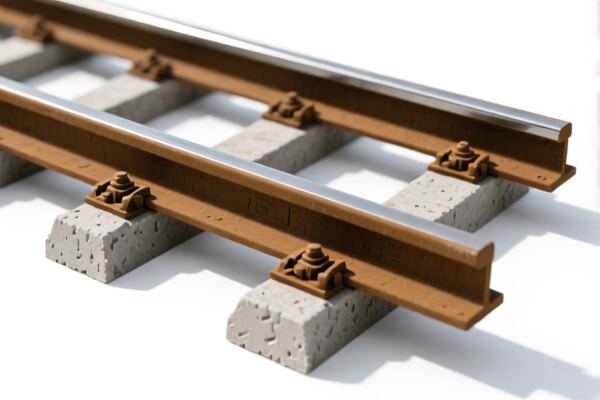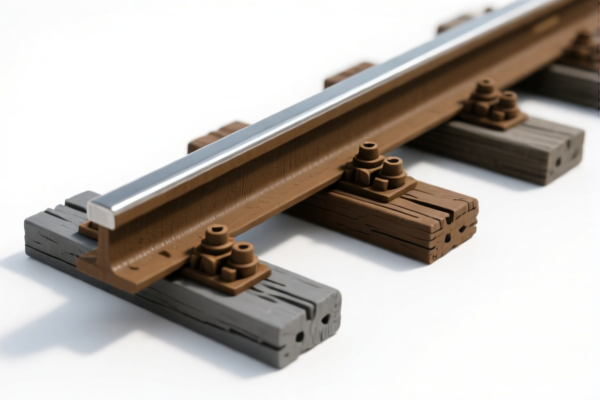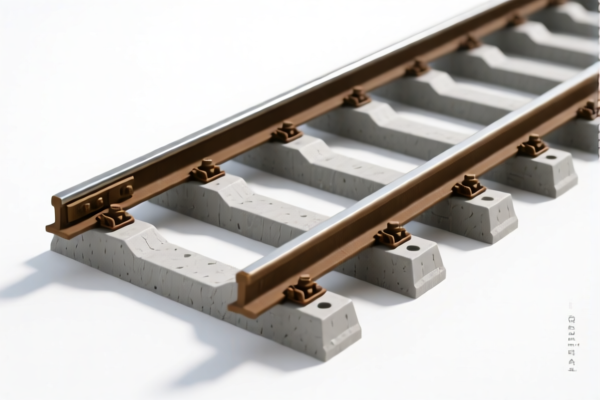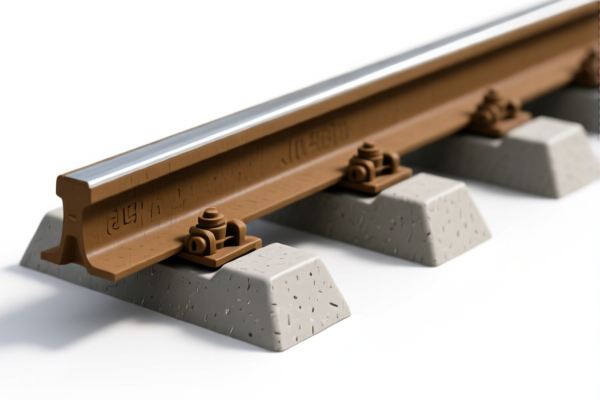| HS Code | Official Doc | Tariff Rate | Origin | Destination | Effective Date |
|---|---|---|---|---|---|
| 6702102000 | Doc | 38.4% | CN | US | 2025-05-12 |
| 6702104000 | Doc | 33.4% | CN | US | 2025-05-12 |
| 3926400010 | Doc | 35.3% | CN | US | 2025-05-12 |
| 3921902900 | Doc | 59.4% | CN | US | 2025-05-12 |
| 3921904090 | Doc | 34.2% | CN | US | 2025-05-12 |




Flower Wreath
A flower wreath is a circular arrangement of flowers, foliage, or other decorative elements, typically used for adornment or as a symbol.
Materials
Traditionally, wreaths are constructed on a base of flexible branches – willow, grapevine, or boxwood are common choices. Modern wreaths utilize a wider range of materials including:
- Wire Frames: Provide a sturdy and consistent shape.
- Foam Forms: Lightweight and easy to work with, often used for artificial flower arrangements.
- Straw: Historically used, though less common today due to durability concerns.
- Natural Elements: Flowers (fresh, dried, or preserved), leaves, berries, twigs, grasses, seed pods, fruits, and herbs.
- Artificial Elements: Silk, plastic, or other synthetic materials mimicking natural forms.
- Decorative Accents: Ribbons, bows, pinecones, ornaments, shells, or other embellishments.
Purpose & Symbolism
Wreaths hold diverse cultural and historical significance:
- Celebration: Used for joyous occasions like weddings, birthdays, and seasonal festivities.
- Remembrance: Often laid as tributes at memorials or gravesites, symbolizing respect and mourning. Laurel wreaths historically signified victory and honor.
- Decoration: Employed as decorative pieces for homes, doors, walls, or tables, enhancing aesthetics.
- Religious Symbolism: Advent wreaths in Christianity represent the weeks leading up to Christmas. Wreaths can also symbolize eternity, as the circular shape has no beginning or end.
- Cultural Traditions: Specific flowers and materials may hold symbolic meaning within particular cultures.
Function
The primary function of a flower wreath is aesthetic enhancement. However, they also serve practical purposes:
- Visual Appeal: Adding color, texture, and fragrance to a space.
- Seasonal Marking: Representing the current time of year or holiday.
- Gift Giving: Serving as a thoughtful and personalized present.
- Event Decoration: Creating a focal point or enhancing the ambiance of an event.
Usage Scenarios
- Home Decor: Hung on doors, walls, or mantels.
- Weddings: Worn as headpieces, used in ceremony decorations, or given as gifts.
- Funerals/Memorials: Laid as tributes at gravesites or memorial services.
- Holidays: Christmas, Easter, Halloween, and other seasonal celebrations.
- Special Events: Parties, festivals, or other gatherings.
- Table Centerpieces: Adding a decorative touch to dining tables.
Common Types
- Fresh Flower Wreaths: Made with live flowers, offering a natural fragrance and vibrant appearance. Require regular watering and maintenance.
- Dried Flower Wreaths: Created with dried flowers, providing a long-lasting and rustic aesthetic.
- Artificial Flower Wreaths: Constructed with synthetic materials, offering durability and low maintenance.
- Evergreen Wreaths: Typically made with pine, fir, or spruce branches, commonly used during the winter holidays.
- Fruit Wreaths: Incorporating fruits like apples, oranges, or berries, often used as festive decorations.
- Herb Wreaths: Made with fragrant herbs, providing a pleasant aroma and potential culinary uses.
- Seasonal Wreaths: Designed to reflect the colors and elements of a specific season (e.g., autumn wreaths with leaves and pumpkins).
A flower wreath is an ornamental arrangement of flowers, foliage, and potentially fruit, typically formed in a circular shape. It is used for decorative purposes, gift-packaging, or as a celebratory item. Based on the provided information, several HS codes may be relevant depending on the materials used and the specific construction of the wreath.
Here are the potentially applicable HS codes:
- 6702102000: This code covers artificial flowers, foliage, and fruit, or parts thereof, made of plastics, assembled by binding with flexible materials such as wire, paper, textile materials, or foil, or by gluing or by similar methods. If the wreath is constructed primarily of artificial materials using these binding or gluing techniques, this HS code is applicable. The total tax rate is 38.4% (base tariff 8.4%, additional tariff 0.0%, and an additional tariff of 30.0% after April 2, 2025).
- 6702104000: This code also covers artificial flowers, foliage, and fruit, or parts thereof, made of plastics, but categorized as "Other, including parts". This would apply if the wreath is made of plastic but doesn't fit the specific binding/gluing assembly method described in HS code 6702102000. The total tax rate is 33.4% (base tariff 3.4%, additional tariff 0.0%, and an additional tariff of 30.0% after April 2, 2025).
- 3926400010: This code covers other articles of plastics and articles of other materials of headings 3901 to 3914, specifically statuettes and other ornamental articles, bows and similar products for decorative purposes including gift-packaging and the like. If the wreath is considered an ornamental article used for decoration or gift-packaging, this HS code may be applicable. The total tax rate is 35.3% (base tariff 5.3%, additional tariff 0.0%, and an additional tariff of 30.0% after April 2, 2025).
It is important to determine the primary material composition and construction method of the flower wreath to select the most accurate HS code. If the wreath incorporates plates, sheets, film, foil, or strip of plastics combined with textile materials weighing more than 1.492 kg/m², HS code 3921902900 may be relevant, with a total tax rate of 59.4% (base tariff 4.4%, additional tariff 25.0%, and an additional tariff of 30.0% after April 2, 2025). Alternatively, if it consists of flexible plastic plates, sheets, film, foil, or strip, HS code 3921904090 could apply, with a total tax rate of 34.2% (base tariff 4.2%, additional tariff 0.0%, and an additional tariff of 30.0% after April 2, 2025).
Customer Reviews
No reviews yet.